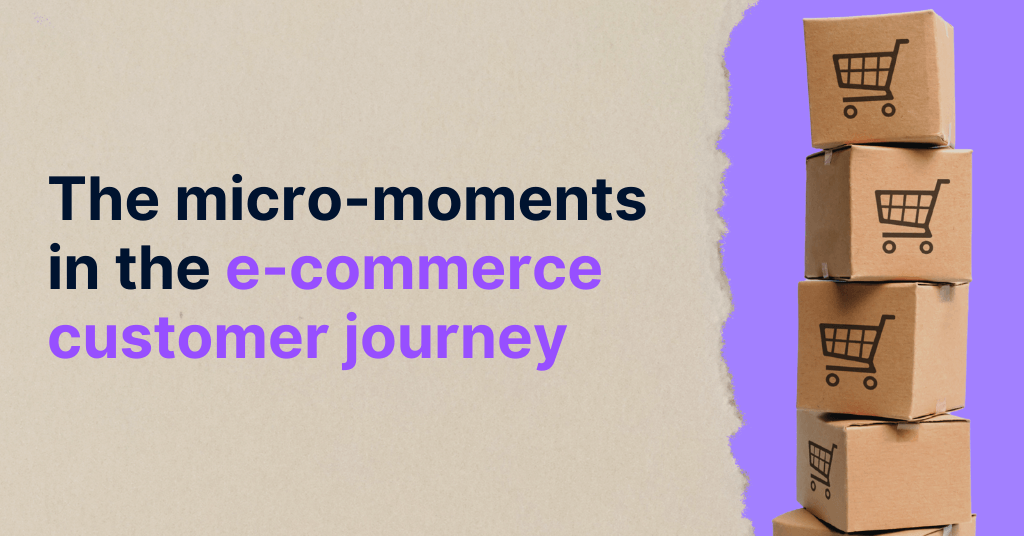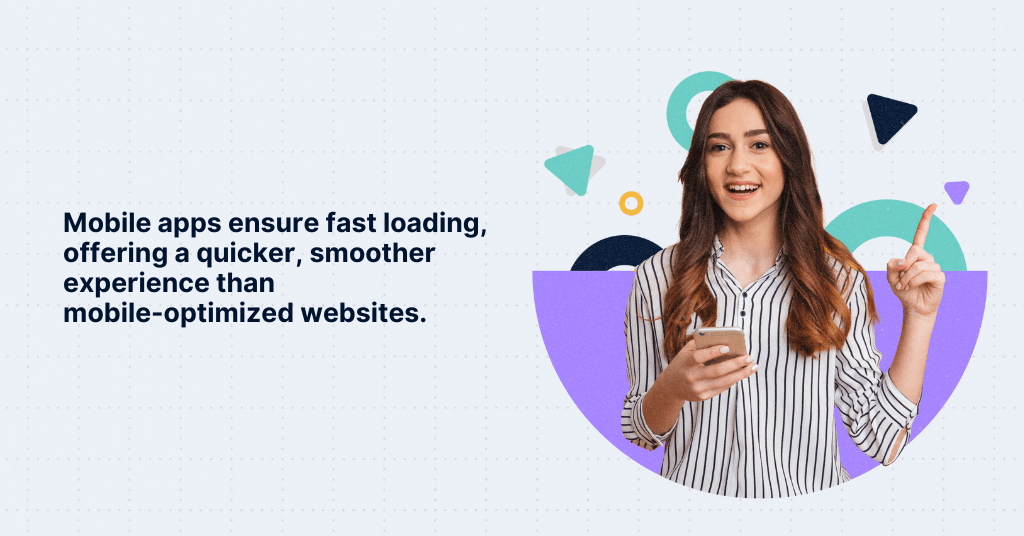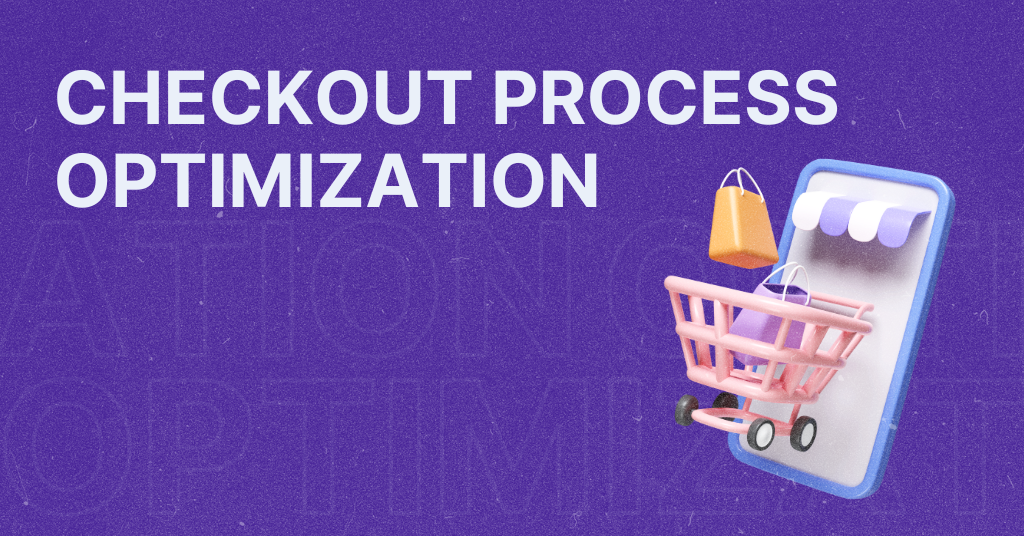
The e-commerce customer journey: Spot the micro-moments
In e-commerce, business owners wrestle with consumer behavioral shifts. The micro-moments have emerged as game-changers in the way customers interact with online platforms. These fleeting examples can dictate the trajectory of the e-commerce customer journey and their decision-making process, making it imperative for business leaders to understand these touchpoints.
Fragmenting the e-commerce customer journey
The digital age has fragmented the consumer journey into hundreds of real-time, intent-driven micro-moments. Each one presents a critical opportunity for brands to shape consumer decisions and preferences. In e-commerce, these moments translate into immediate actions, where the customer expects to access information, services, and products right away.
Micro-moments as the new milestones
Navigating the e-commerce customer journey highlights the role of these quick, decisive micro-moments. Each one is a chance to catch your customer’s attention and make a positive impact.
But recognizing these micro-moments isn’t the end of the story. It’s about the bigger picture: how you prepare your whole business to anticipate and meet these needs swiftly and effectively.
We’re discussing a strategy that directly ties your understanding of customer behavior to how you run your e-commerce operations. This leads us to the broader aspects of strategic planning, where you align your business processes with the quick-paced nature of consumer desires that micro-moments represent.
The ‘I-Want-to-Know’ moments
These moments are not necessarily about making a purchase but about seeking information. Customers at this stage are more open-minded to content that educates rather than sells. E-commerce businesses should invest in creating rich, informational content — from blog posts to tutorial videos — that can answer potential questions related to their products or industry.
The ‘I-Want-to-Do’ moments
This phase is where customers might be looking for help to get something done or try something new. Here, step-by-step guides, tutorials, and how-to content can be incredibly influential. The goal is to assist without pushing for a sale aggressively. It’s about building credibility and positioning your e-commerce store as a helpful resource.
The ‘I-Want-to-Buy’ moments
These are high-intent moments where decisions are made, and having a seamless, quick, and user-friendly purchasing process is paramount. It’s essential to anticipate the barriers a customer might face and eliminate them. This includes having a simplified checkout process, multiple payment options, and providing detailed product information.
The ‘I-Want-to-Continue’ moments
The journey doesn’t stop after the purchase. Post-purchase engagement can help turn one-time buyers into loyal customers. This engagement could be through personalized recommendations, loyalty programs, or early access to new products. Understanding what adds value for customers beyond the purchase is key. Read more about engaging customers here.
How to improve the e-commerce customer journey
Let’s connect the dots. It means moving from simply knowing your customer’s quick decision moments to actually gearing up your business to act on them effectively. The idea is that understanding your customer’s immediate needs is good, but integrating this knowledge into your business strategy is what makes the real difference. Here’s what you should pay attention to in your online store.
Speed as the top currency
Site performance, especially on mobile, is critical. A slow site will cost you sales, so continual optimization for speed should be a priority. This optimization includes compressing images, leveraging browser caching, and improving site load time.

Find out more about the OmniShop mobile app.
Data-driven personalization
Use customer data to personalize experiences. Analytical tools can help segment your customers, enabling you to provide relevant product recommendations, tailor email marketing, and create personalized content that resonates with different segments.
How to tailor the mobile shopping experience?
Quality content creation
Investing in content is non-negotiable. However, it’s not just about quantity but also the quality and relevance of the content. Align your content strategy with customer queries and search terms, and keep SEO front and center in your content creation process. Find out more about SEO in this beginner’s guide.
After-sale relationship management
Implement systems to keep the conversation going after the sale. Follow-up emails, customer satisfaction surveys, and personalized discounts can make customers feel valued and keep your brand top-of-mind.
Wrapping up
The micro-moments are demanding businesses to be more agile, insightful, and customer-focused than ever before. By recognizing these moments within the e-commerce customer journey, you can craft targeted strategies to meet immediate needs, foster stronger relationships, and drive both sales and customer loyalty.
This requires constant learning and adaptation, but mastering it can set your business on a path of sustained growth and success. Remember, your next big opportunity might be just a split second away.
Let’s book a 30-min mobile strategy session and give your shop a boost.
Let’s book a 30-min mobile strategy session and give your shop a boost.


